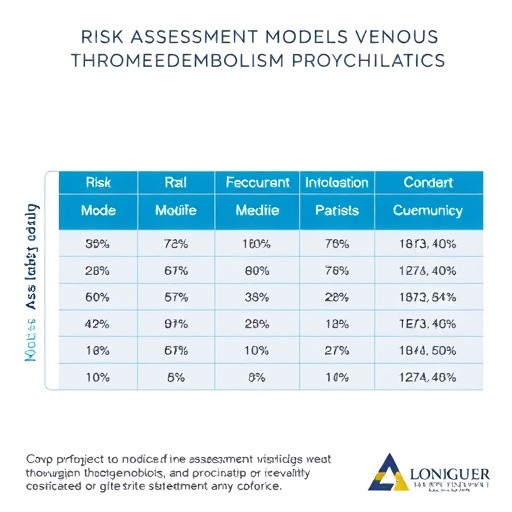An Irish survey of 200 men and women examines awareness, understanding, and use of food labels in preventing lifestyle-related disease in a primary care setting. Participants responded to a questionnaire devised by the lead author. The study identifies gaps in consumers' use and interpretation of food labels, especially among men and people at risk of cardiovascular disease. The authors conclude that greater awareness of food labels and label improvements are needed.
Munich, Germany – Aug. 28, 2018: Many consumers have difficulty using and understanding food labels, especially men and people at risk for heart disease, according to research presented at ESC Congress 2018 today.1
Diet is considered a modifiable risk factor for heart disease prevention. 2 In Ireland, as in many other nations, food labels provide nutritional information to help consumers make informed food choices. But this observational study identifies gaps in adults' use of food labels.
"People find food labels confusing and don't know what to look for," said Ms Claire Duffy, a clinical nurse specialist in general practice, MSc preventive cardiology, in Ballina, Ireland, and the study's lead author. "They still have difficulty understanding and interpreting food labels."
The study involved 200 men and women, ages 18 to 85, attending a primary care practice. Ms Duffy devised a brief questionnaire administered during a one-month period in 2017. Participants supplied demographic data and answered questions about risk factors for cardiovascular disease as well as use and understanding of food labels.
Seventy-five percent were female; 40% self-reported being overweight or obese.
Significantly more women than men (65% versus 37%) always or often read food labels, the study found. Just 5% of females said they never look at food labels, compared with more than a third (35%) of males.
Having a risk factor for cardiovascular disease (CVD) did not necessarily translate into greater use of food labels. Notably, 40% of participants with CVD said they do not read food labels. Among CVD patients that do read labels, two-thirds (67%) read about fats, but only a third (33%) read about saturated fats, fibre, and salt.
Among participants who had a family member with diabetes, 56% read the sugar and 60% read the salt content of foods.
The study also reveals an important gap in label usage among people with elevated blood cholesterol.
"You would think people with high cholesterol would check the saturated fat content on food labels, but that did not always happen," Ms Duffy said.
When asked to gauge whether a sample food product had low, medium, or high levels of fat, sugar, fibre, and sodium based on its nutrition label, participants had difficulty making sense of the information. Only 20% knew the product had a medium level of fat, and just 14% correctly identified its low-sugar content.
By contrast, most participants successfully deciphered a "traffic light" food label, where green, amber, and red colours are used to signify levels of fat, saturated fat, sugar, and salt.
One survey participant remarked that she knew more about the contents of her facial cream than the nutritional elements of the foods she purchases.
Said Ms Duffy: "Food labels need to be improved, especially for illiterate groups and those with colour and vision deficiency."
She added that the study findings highlight the need for enhanced public education. This ought to begin with efforts across all educational settings to teach children and their parents about food labels, healthy eating, and nutrition. This should continue in adulthood with education provided through primary care, community settings, and media outlets. Perhaps supermarkets and Internet sites could establish dedicated "healthy food" sections with foods where people could easily find items low in sugar, salt, and fat, and high in fibre, Ms Duffy suggested.
###
Media Contact
ESC Press Office
[email protected]
@escardio
http://www.escardio.org




